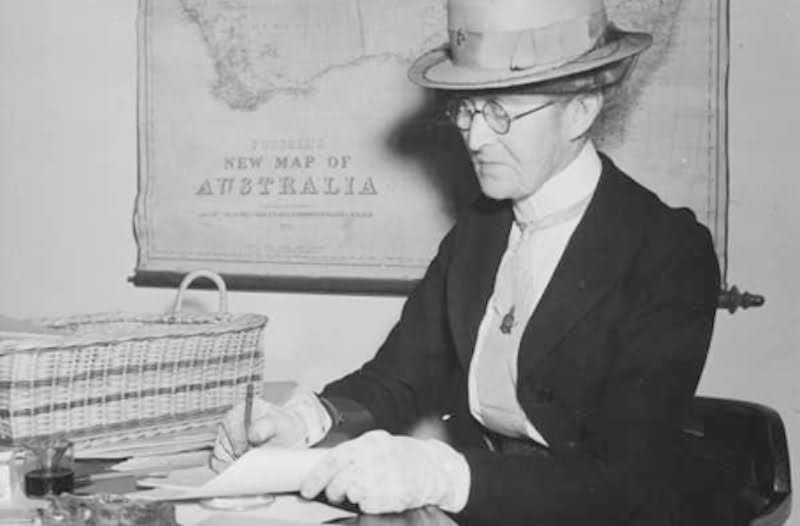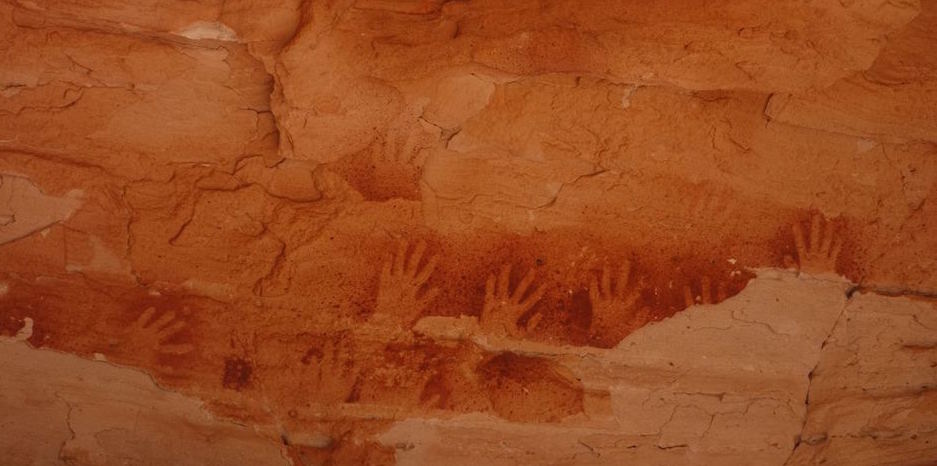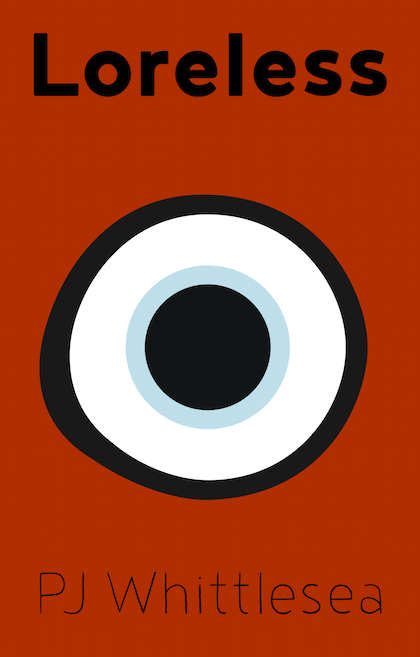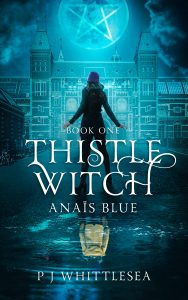
The Passing Of Daisy Bates
During the writing of Loreless I did an enormous amount of research, much more then I could ever actually use in the book.
I have decided to share some of this information, and at the same time, give you a bit of an insight into the writing process.
In the book there are several flashbacks where I invented a fictitious family history of the story’s protagonist, Billy.
It tracks the changes indigenous Australians experienced during a period of nearly 150 years.
This week I explore one of the Europeans they came in contact with.
She seemed to have no problem living a solitary life.
Perhaps no one wanted to be around her anyway. At any rate, she preferred to remain hidden.
She had certainly gone to some effort to cover up her own history.
She changed her surname several times. She married the infamous Breaker Morant, left him and married another man without divorcing the first. She then married yet another man and mothered a son.
She eventually also left him and her son.
To put it lightly, she led a scandalous life. Even more so, when you consider this all occurred before 1899.
She was convinced that it was her God-given duty to make sure ‘her Aboriginals’ were steered safely through the great change which was taking place in Australia.
She adopted the view that Aboriginals were a dying race and wished to help them through their demise as painlessly as possible. It was a very Victorian viewpoint.
She was not alone.
There were other amateur ethnologists at work, and play, in Australia around the turn of the twentieth century.
Another example was Francis James Gillen, who together with his more literary partner, Walter Spencer, recorded the traditional tribal way of life in central Australia.

Even though their research is now invaluable, I am not sure if they we’re helping or hindering.
Progress was definitely an unstoppable force and successive governments tried to find a way to deal with the Aboriginal ‘problem’.
The real problem, at the time, was the European attitude that Indigenous Australians were doomed.
The Europeans totally underestimated the tenacity of Aboriginal people. They forgot that these people had survived thousands of years of changes.
European settlement in Australia was just the latest phase in developments.
Miss Bates, after spending a time of virtual apprenticeship in Western Australia, took it upon herself to take care of people around the Ooldea railway siding.
Ooldea was the site of a truly amazing source of water.
Buried beneath the desert in central South Australia was one of the most reliable water sources there was. It was considered impossible that it could ever be emptied.
Because of this it was a crossing point for various tribes following their trading routes across the desert.
The inland railway line traversed this same point on its trip across the continent. Steam locomotives required enormous amounts of fuel and water to operate. Within a short number of years the railway eventually drained this water source.
In the time which this took, Miss Bates decided to remain at this crossing of cultures to care for the Indigenous travellers. She also wanted to prevent interaction between the two peoples.
She only cared for full-blood Aboriginals and considered children of mixed race to no longer be Aboriginal.
She effectively encouraged the belief that the people and their culture were dying.
In Loreless there is a flashback where I put myself in the mind of an indigenous man who comes in contact with Miss Bates.
For the chapter I drew on her memoirs, entitled ‘The Passing of the Aborigines’, and on the experiences of people from the area who remembered her.
Much of her research from her 40 years of time spent with Aboriginal people is now held in the South Australian Museum.
I’m sure it would make interesting reading, particularly for Aboriginal people seeking to find out more about their heritage.
Do you have any research tips for others?
Leave a comment below or join the mailing list and let me know.

